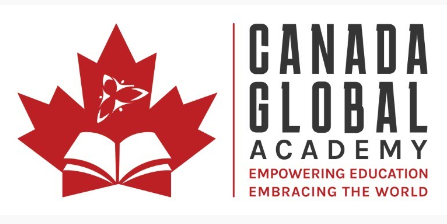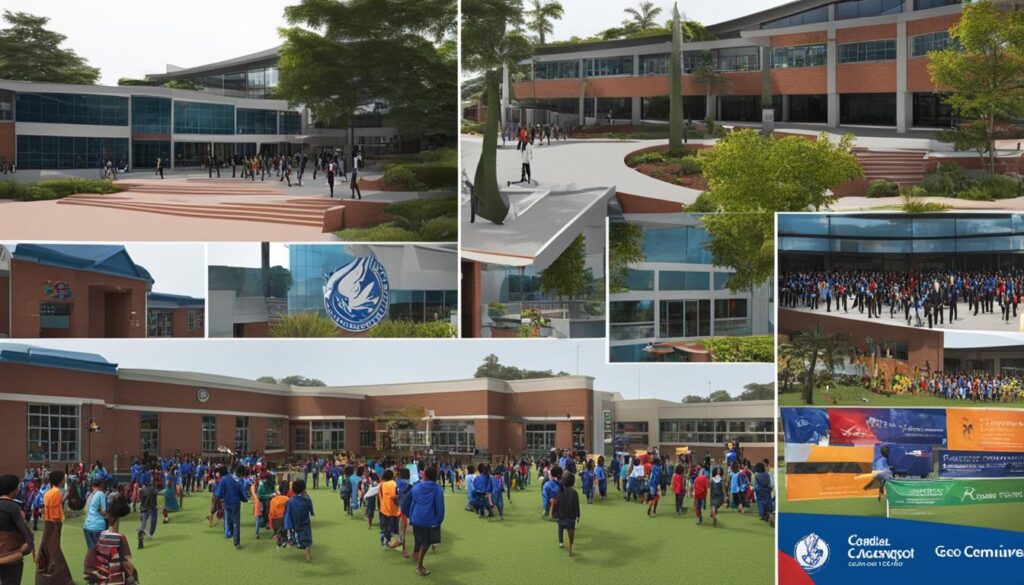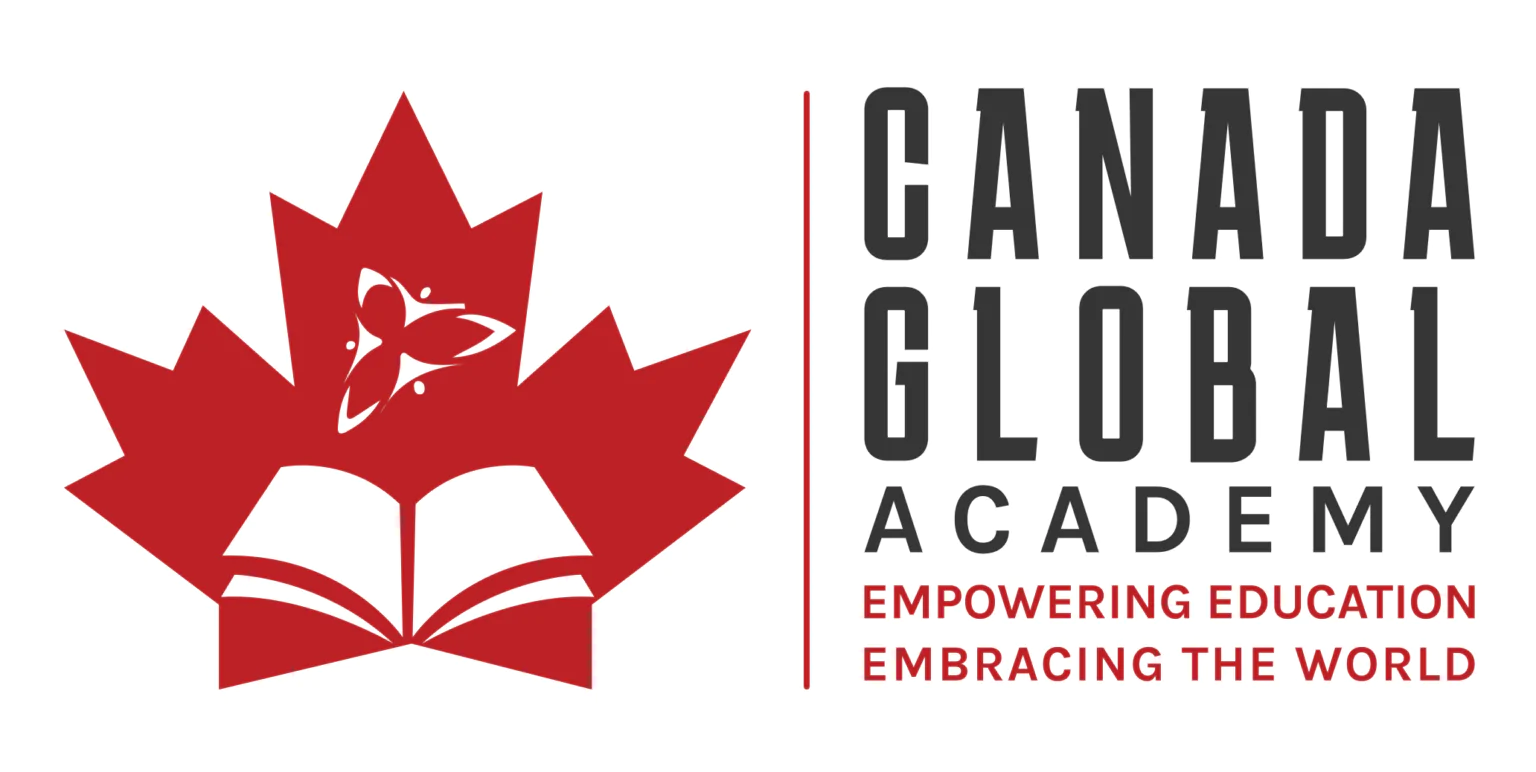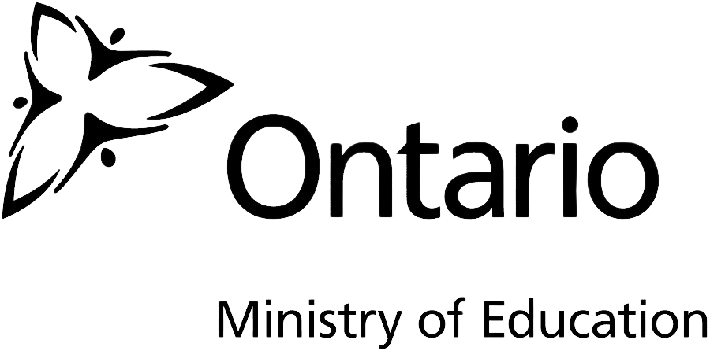
Martin Doherty is the CEO of Ethos Education & Canadian Global Academy : the exclusive authorized provider of the renowned 3rd globally ranked Ontario Ministry of Education‘s curriculum and Digital Learning Platform outside of Canada. He is also the founder the cutting edge magazine, Education Distruptor.
Through our School Partnership Program, we empower schools worldwide to attain Canadian Accreditation, providing the opportunity to establish themselves as Canadian Accredited schools. Additionally, home-based businesses can run their own Canadian Accredited Micro-School. Contact us today to learn more!
Related Posts
- Tech Savvy Students: Will EdTech Tools Revolutionize International Education?
Unlock global academia's future with educational expertise - witness a paradigm shift as EdTech tools…
- The Ontario Ministry of Education's Vision for Student-Centered Learning
The Ontario Ministry of Education is at the forefront of innovative education, striving to provide…




